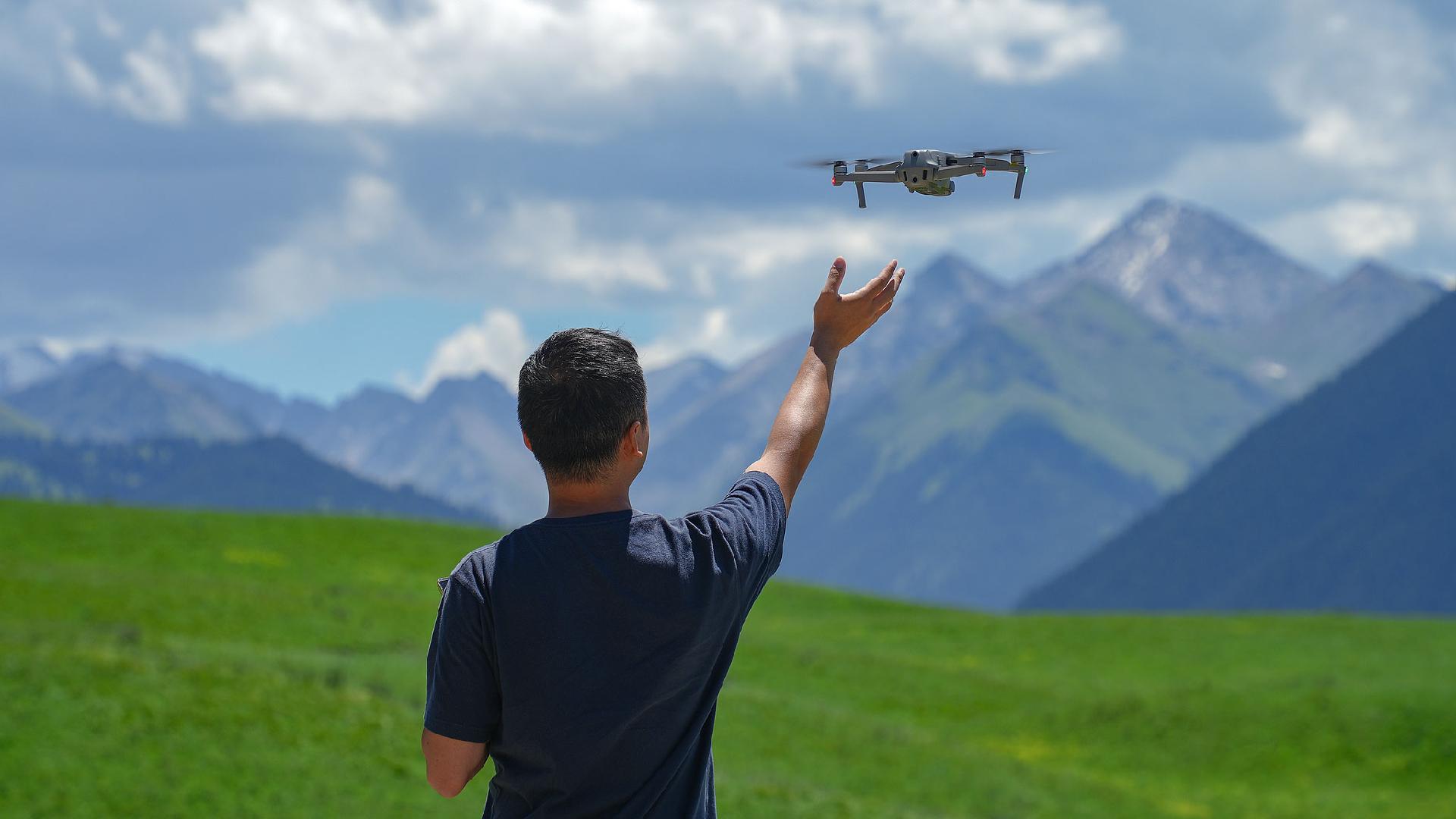In China, Drone Pilots Become Increasingly In-Demand Profession
The demand for drone pilots is rapidly increasing in China, positioning them as one of the most desirable professions in the country. As industries recognize the value of drone technology for tasks ranging from surveillance to delivery services, there is a growing need for skilled operators. This surge in interest highlights the evolving job landscape and the importance of specialized training in this field.

In 2024, as the low-altitude economy gained prominence among tech and venture investment circles, innovations such as eVTOL aircraft and flying cars captivated public imagination and generated market enthusiasm.
However, what transpired in Li's orchard on the hills; local farmers have consistently focused on practical solutions that make a meaningful impact, transcended a mere exhibition of technological flair.
Bananas grown in mountainous regions often possess a sweeter flavor. Unfortunately, the manual transportation of these fruits down steep descents usually results in bruising and damage, making them less competitive with imported varieties.
An official from Yunnan's agriculture department stated that over 94 percent of the land in the province is sloped, with nearly 46 percent of arable land situated at an incline exceeding 15 degrees.
"Without the help of drones, I would never dare to cultivate on such steep mountainous terrain," remarked a banana grower who leased land in Yuxi, Yunnan Province. Consequently, Li's proficiency in drone operation has become a significant competitive advantage for the banana orchard.
### Unmet Demands
An increasing number of individuals, from drone enthusiasts to skilled operators specializing in drone-based pesticide application, are transitioning into roles like that of Li. The drone delivery sector represents a new market rife with unmet demand for qualified operators.
As of June 2024, China reported 1.875 million registered drones, yet only about 225,000 licensed pilots were available.
The country's drone market is projected to maintain steady growth from 2024 to 2029, with estimates exceeding 600 billion yuan by 2029 and a compound annual growth rate of 25.6 percent during this timeframe, according to an industry report.
China's substantial domestic market has nurtured a vast workforce of over 15 million couriers. Even reallocating a portion of their tasks to drones would still necessitate a considerable manpower reserve.
Drones are expanding their operational scope, starting from the delivery of life-saving organs, serums, and emergency medications to tasks such as power grid inspection, cleaning glass curtain walls, and delivering seafood.
### Licensing Boom
Zeng Yan, an admissions officer at Shanghai Funtastic Drone Training School, has observed a noticeable uptick in interest regarding license training in recent months.
"Inquiries have jumped from one or two a week to two or three daily, with about half of them enrolling," explained Zeng.
Funtastic's training program for multi-rotor drones spans 18 to 28 days, with fees ranging from 9,800 to 15,800 yuan, as detailed on its admissions website.
Despite the high costs, the program remains appealing due to promising job opportunities and attractive salaries for licensed drone operators.
The mini program "I Am a Drone Pilot" on the WeChat messaging app connects drone operators with job opportunities nationwide. Salaries offered through this platform range from 5,000 to 10,000 yuan per month based on roles, with some positions featuring daily subsidies of 200 yuan for field operations.
Statistics from 2024 indicate that approximately 350 vocational colleges across the country are now offering three-year programs in drone application technology aimed at training more specialized professionals.
### New Farmers
While factories in China's eastern coastal regions are reducing their workforce through increased automation, emerging technologies like unmanned aerial vehicles (UAVs) are generating new employment opportunities in rural areas, which have traditionally been the source of millions of migrant workers.
In Zigui, a county within Yichang City in central China's Hubei Province, the local drone fleet has significantly expanded. Renowned as the "hometown of Chinese navel oranges," the county now has over 500 drones, and the number of drone pilots has surged from around 50 to more than 1,000.
Most of these pilots are young individuals returning from urban centers to their rural roots, primarily in their 20s and 30s. Known as "new farmers," they are infusing modern technology into the countryside while revitalizing the aging rural labor force.
"Older farmers used to carry oranges on their back across the steep terrains, a hard labor that few young people today are willing to do," noted Wang Jiaxin, who transitioned from a hairdressing career in Shenzhen to transporting navel oranges using drones in his hometown.
A drone has the capacity to transport 50 kilograms per trip, covering 200 meters horizontally in just one minute, compared to the 30 minutes it would take a person to carry the same load, Wang explained.
Human carriers incur costs ranging from 0.8 to 1 yuan per kilogram, while drones cost approximately 0.4 yuan per kilogram, according to ZTO Express, a logistics company utilizing drones for navel orange deliveries.
"My phone kept ringing from dawn to dusk," Wang said, referring to the influx of orders from local farmers during the harvest season.
Rohan Mehta for TROIB News
Discover more Science and Technology news updates in TROIB Sci-Tech












